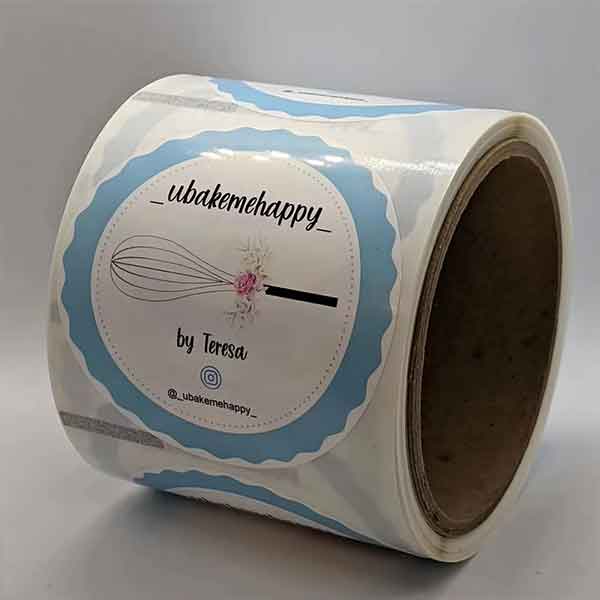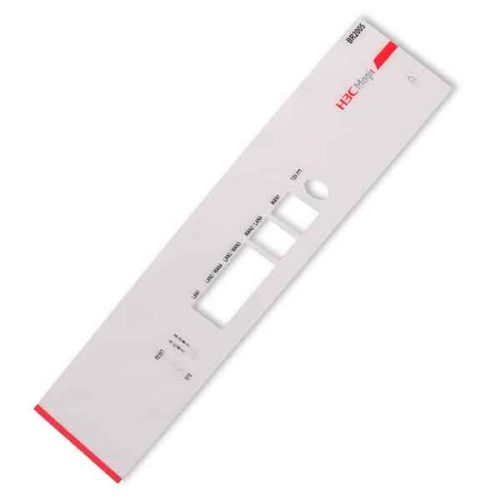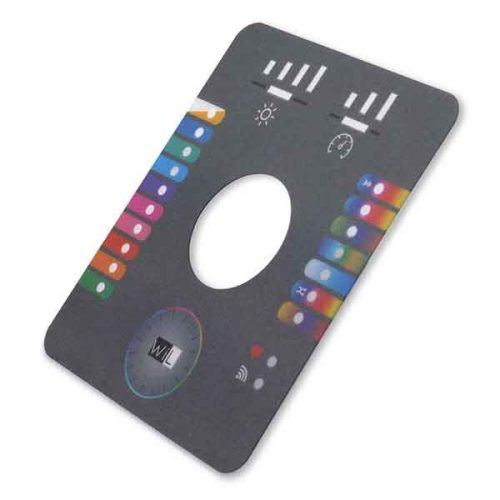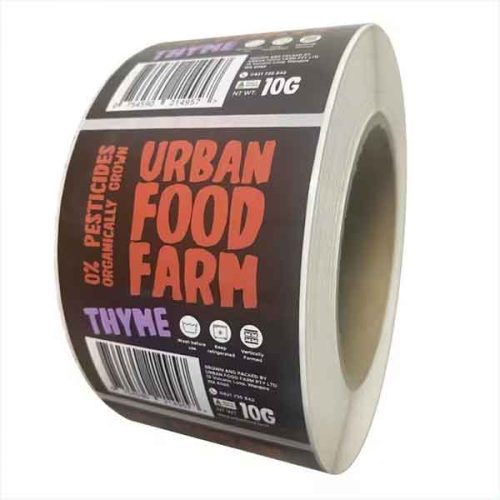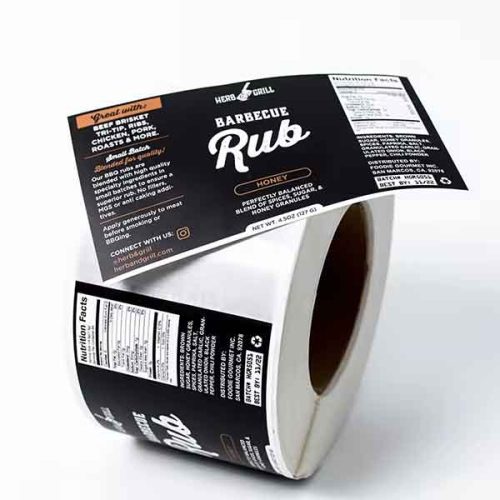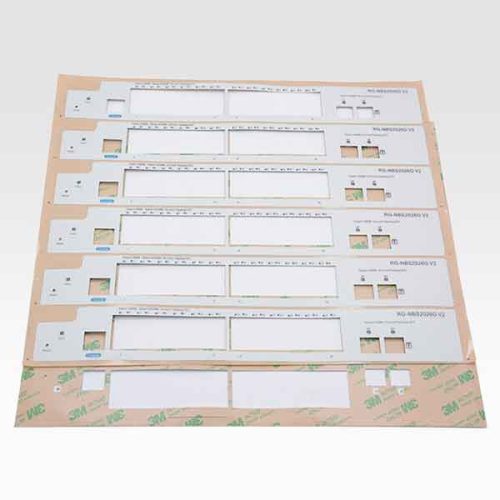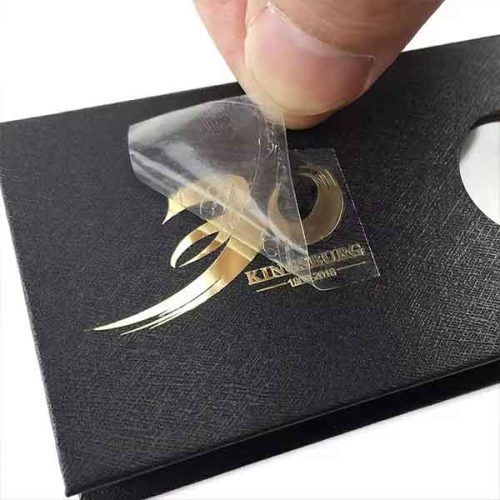Roll labels are a convenient alternative to traditional sheet labels. Rather than being supplied on flat sheets, they come wound up on a roll, making storage simple and efficient.
We utilize appropriately sized rolls for the selected label dimensions. During the printing process, we unwind the label from the roll and neatly rewind it at the other end, ensuring you receive a tidy roll of labels.
To ensure optimal quality, we recommend using high-resolution images for printing. Our roll-printed labels feature a left-front winding direction with an outside wind.




